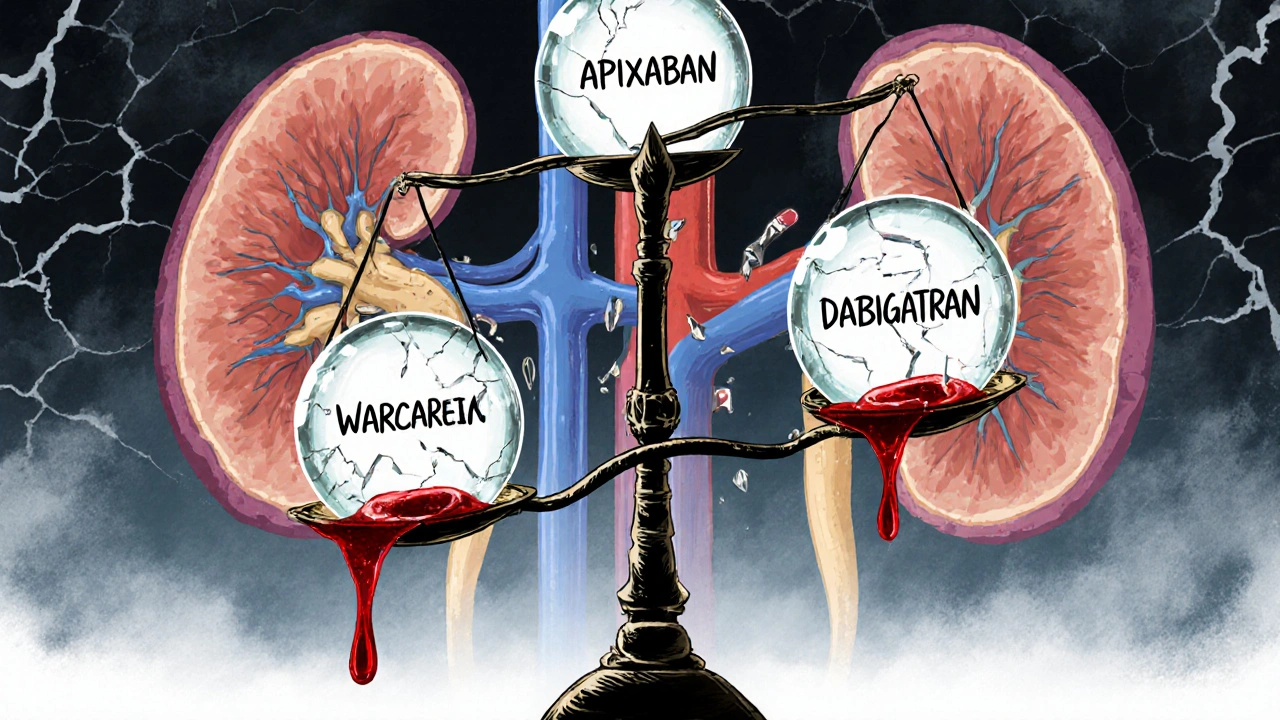Liver Disease: Causes, Signs, and What You Can Do
When your liver disease, a condition where the liver is damaged and can’t perform its vital functions. Also known as hepatic disease, it can start quietly—no pain, no symptoms—until it’s advanced. The liver filters toxins, makes bile, stores energy, and helps with blood clotting. When it’s damaged, everything else in your body feels the ripple effect.
Fatty liver, a buildup of fat in liver cells that can lead to inflammation and scarring is one of the most common forms today, often tied to obesity, diabetes, or high cholesterol—not just alcohol. Then there’s cirrhosis, the late-stage scarring that makes the liver stiff and less functional, which can come from years of untreated hepatitis, heavy drinking, or metabolic issues. Hepatitis, inflammation of the liver often caused by viruses like hepatitis B or C can be silent for decades before causing serious harm. These aren’t separate problems—they’re stages or types on the same spectrum, and they often overlap.
You might not feel anything at first. But signs like unexplained fatigue, yellow eyes, dark urine, swelling in the belly or legs, or itchy skin can be red flags. Blood tests check liver enzymes, imaging shows structure, and sometimes a biopsy confirms damage. The good news? Early-stage liver disease can often be reversed with diet changes, weight loss, cutting alcohol, or managing diabetes. Even cirrhosis can be slowed with the right care.
What you’ll find here aren’t just generic warnings. These are real, practical guides written for people living with liver concerns or helping someone who is. You’ll see how certain meds affect liver health, what supplements might help—or hurt—and how conditions like gallbladder disease or chronic inflammation connect to liver function. No fluff. No fear-mongering. Just clear, actionable info backed by clinical data and patient experiences.

Anticoagulation in Kidney and Liver Disease: What Doctors Really Do
Managing blood thinners in kidney and liver disease is complex. Apixaban is often the safest DOAC, while warfarin remains tricky due to unreliable INR. Real-world data guides decisions when trials don’t.